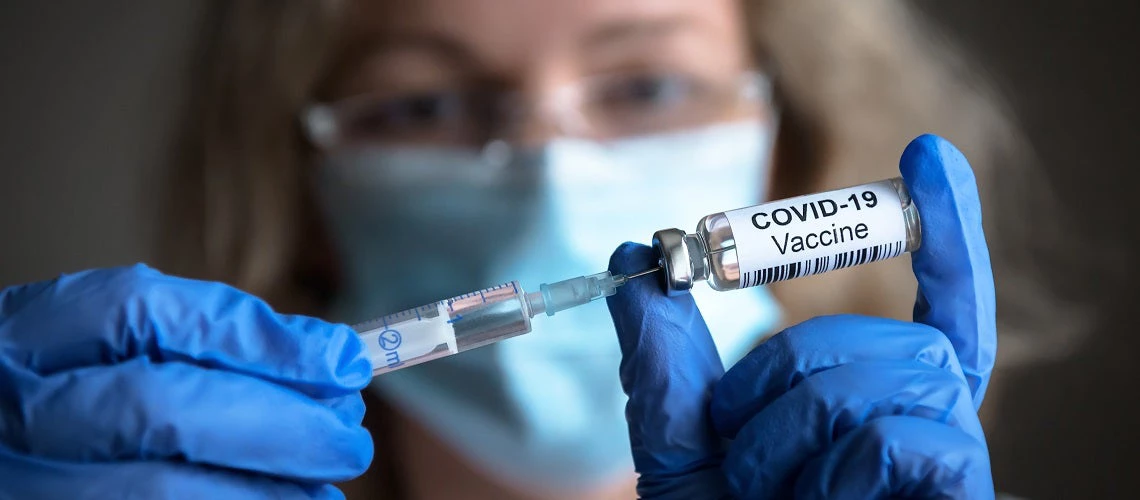 研究人员手中的COVID-19疫苗
研究人员手中的COVID-19疫苗
Since the onset of the global COVID-19 pandemic, these questions have been lingering on people’s minds: Can the world stop the transmission of this deadly disease, save lives and let life someday return to normal? Could something good, or better, even, come from this?
And, is there an opportunity to combat the virus while also addressing another urgent priority of our times: climate change?
These are unprecedented times, the like of which have not been seen for over a century. In response, the world has come together in a coordinated effort to bring this disease to heel. Central to this has been the focus on developing the COVID-19 vaccine and getting it into people’s arms. This is the number one priority. To do this, reliable and effective cold chains are needed. The World Bank can help countries bring an end to the pandemic and strengthen health infrastructure, while ensuring climate resilience and reducing the carbon footprint.
"The World Bank can help countries bring an end to the pandemic and strengthen health infrastructure, while ensuring climate resilience and reducing the carbon footprint."
Building resilience of vaccine deployment
Many countries are facing climate-related risks including extreme heat hazards and more frequent and intense weather events. Building cold chains and establishing strong health systems are critical to protecting lives and stimulating economic recovery.
Vaccine deployment systems need to be resilient to ensure efficacy along the supply chain. Integrating climate considerations into vaccine readiness assessments and deployment planning is a critical first step – and this should cover cold chains’ exposure to climate-related hazards. Reliable energy services are key to fighting the pandemic.
To be safe and effective – and avoid waste – the vaccines need to be stored in very specific temperature conditions. Countries facing climate risks, which can also affect the reliability of their power supply, need to take into account the vulnerabilities facing their infrastructure. Continuously maintaining and monitoring specific equipment temperatures is fundamental to quickly identify any temperature variation.
El Salvador is a country facing a high risk of heat hazard, also facing droughts which affect the reliability of its hydro-based electricity system. Together with the World Bank, it is exploring how to build resilience and limit energy needs for cooling, of particular importance during frequent periods when access to grid electricity may be limited. Iced-lined refrigerators are an effective solution for safe storage of vaccines and other pharmaceuticals (excluding ultracold) providing long hold-over cooling capacity. Refrigerators certified by the WHO are tested to perform in ambient temperatures up to 43°C, providing confidence in their capacity to be resilient to heatwaves.
Ghana is also exposed to high temperatures as well as flooding events, and power disruptions. The World Bank has been supporting the governmental health facility refurbishment, including installing off-grid solar in rural and peri-urban health facilities to enhance resilience of vaccine deployment. In addition, front-line workers are being trained in disaster risk management to guarantee continuity of vaccine delivery.
"Integrating climate considerations into vaccine readiness assessments and deployment planning is a critical first step – and this should cover cold chains’ exposure to climate-related hazards."
Reducing the carbon footprint of vaccine storage and distribution
As countries expand their cold chains – which will remain in place for a decade or more, it offers an opportunity to integrate climate friendly options that avoid the use of fossil fuel energy (i.e., through energy efficiency, renewable energy, as well as better logistics) and use less harmful refrigerants.
Many countries need to expand their national vaccine cold storage capacity – the first step for COVID vaccine deployment. It is possible to consider (i) passive cooling measures, i.e. non-mechanical technology and design elements that bring thermal comfort without using energy (e.g. reflective roofs and insulated walls); (ii) energy efficient equipment (including cooling, heating and lighting); as well as (iii) solar rooftop photovoltaics (PV) to reduce the carbon footprint of vaccine storage.
In Mongolia, the World Bank through UNICEF is supporting construction of a new central facility for vaccine storage. This can include energy efficient building designs and assessing options to install solar PV as well energy efficient heat pumps. Other features such as energy efficient cold rooms, sensors controlling lighting, and air curtains minimizing heat loss are also being considered.
In Somalia, with extreme heat and unreliable and expensive power, plans are focused on ensuring energy efficient vaccine storage, the installation of distributed solar power and acquiring solar direct drive refrigerators for remote areas.
In Comoros, innovative climate-friendly transportation such as drones and electric boats to reach inhabitants in harder to reach locations is being explored.
Maximizing gains to build back better
Investments in efficient vaccine deployment systems, low-carbon infrastructure, and other measures, can go a long way to successful and sustainable delivery of the vaccine. These measures come with other benefits, including lower energy requirements and operational costs, more reliable power, reduced vulnerability of energy systems, and improved air quality.
"Investments in efficient vaccine deployment systems, low-carbon infrastructure, and other measures, can go a long way to successful and sustainable delivery of the vaccine."
Combating the virus whilst also addressing climate change is unlikely to happen spontaneously due to higher upfront costs in most cases. Sustained technical support and robust financing mechanisms are needed. For example, the Bank’s Energy Sector Management Assistance Program (ESMAP) has initiated the mobilization of grant funding from donors in the amount of over $20 million. This will support projects in Haiti, Liberia, and Afghanistan, with others in the pipeline. Parallel efforts are underway to mobilize further concessional climate finance. More will certainly be needed.
Continued partnerships inside and outside the World Bank are necessary and will ultimately make future work at the intersection of energy and health more impactful. Such efforts are important to ensure we do not miss the opportunity of helping countries address the two most important crises of our time: COVID-19 and climate change.

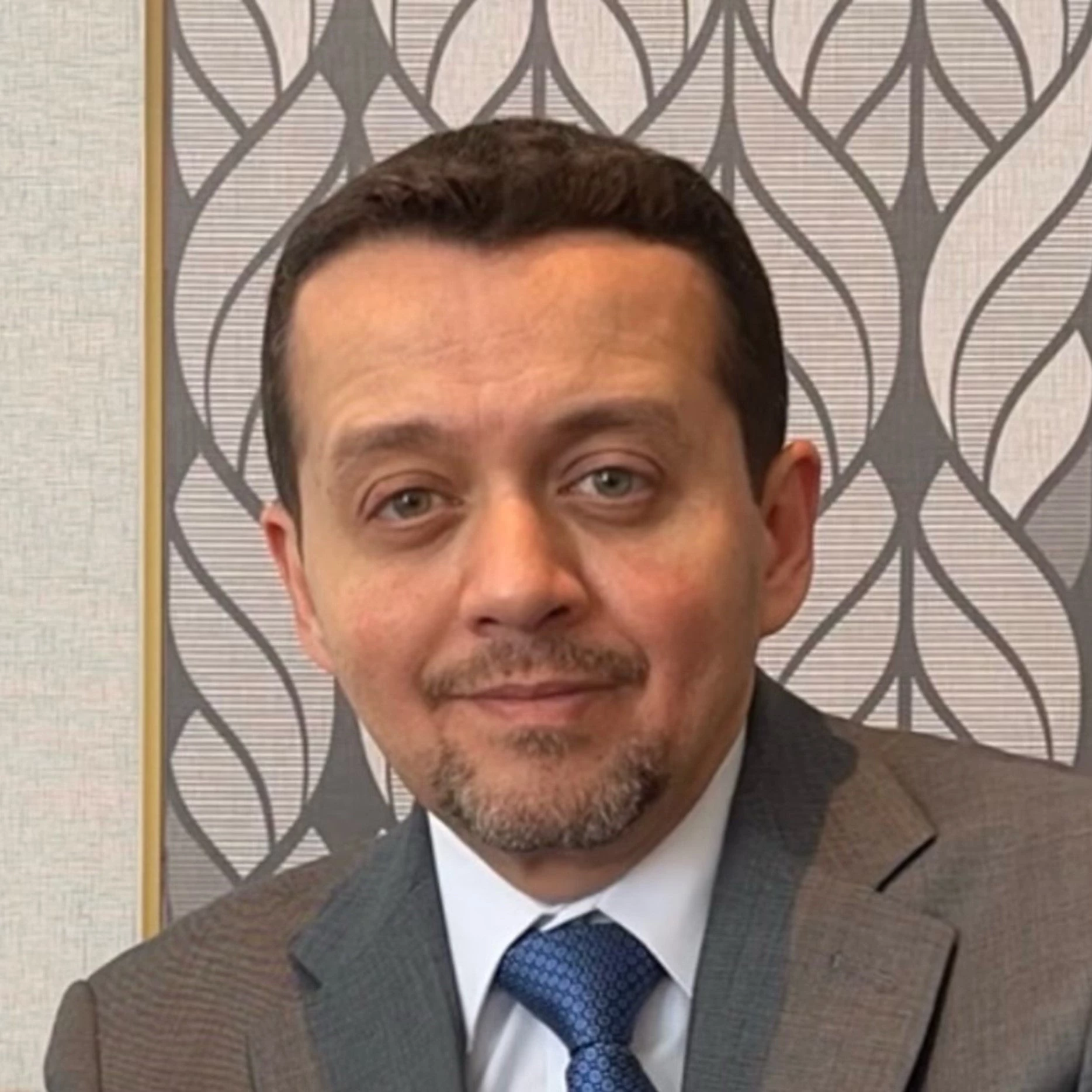

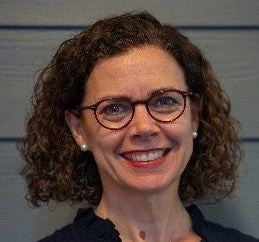
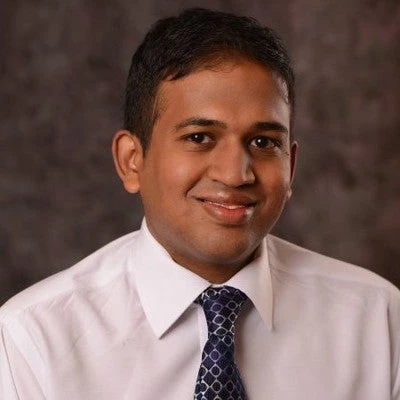
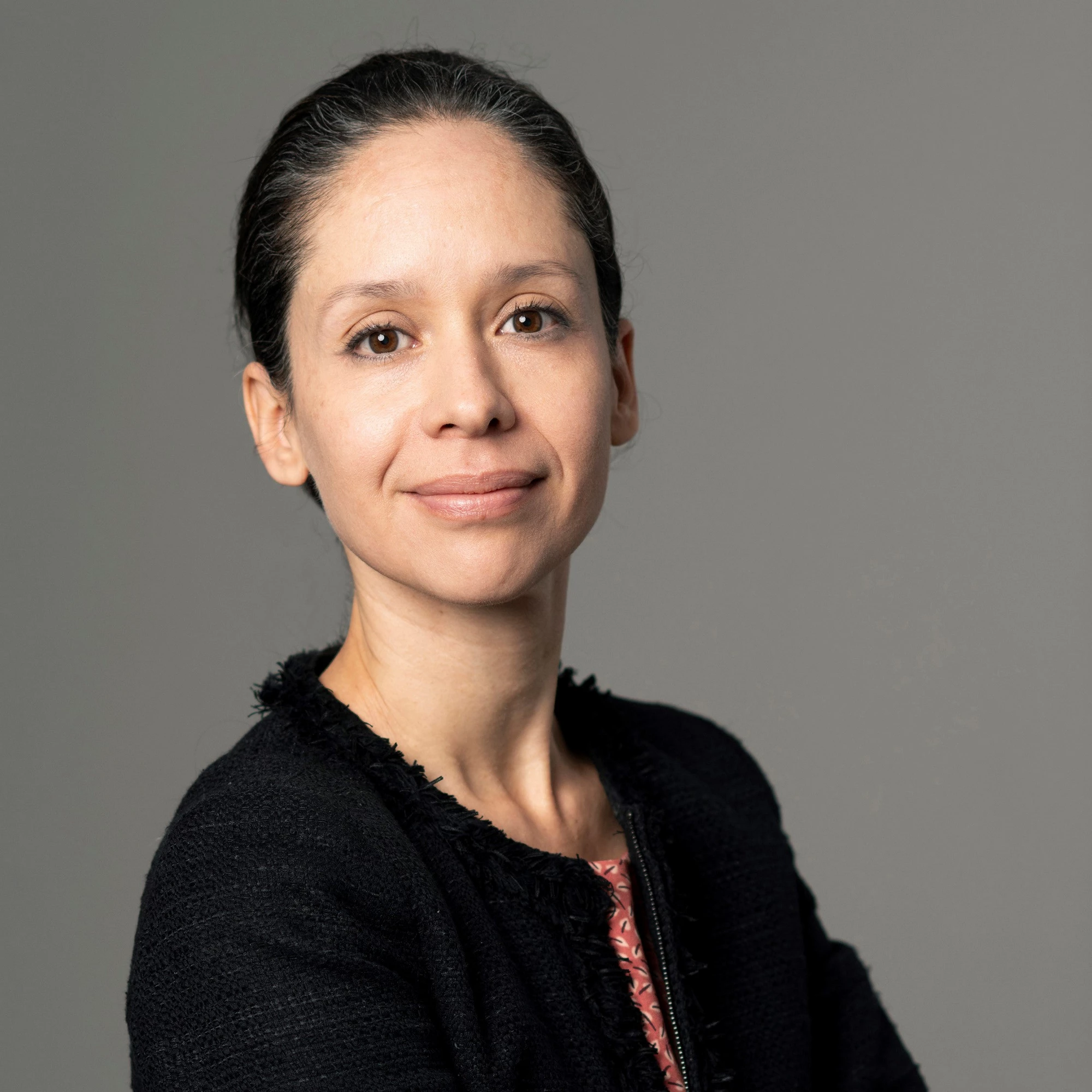

Join the Conversation